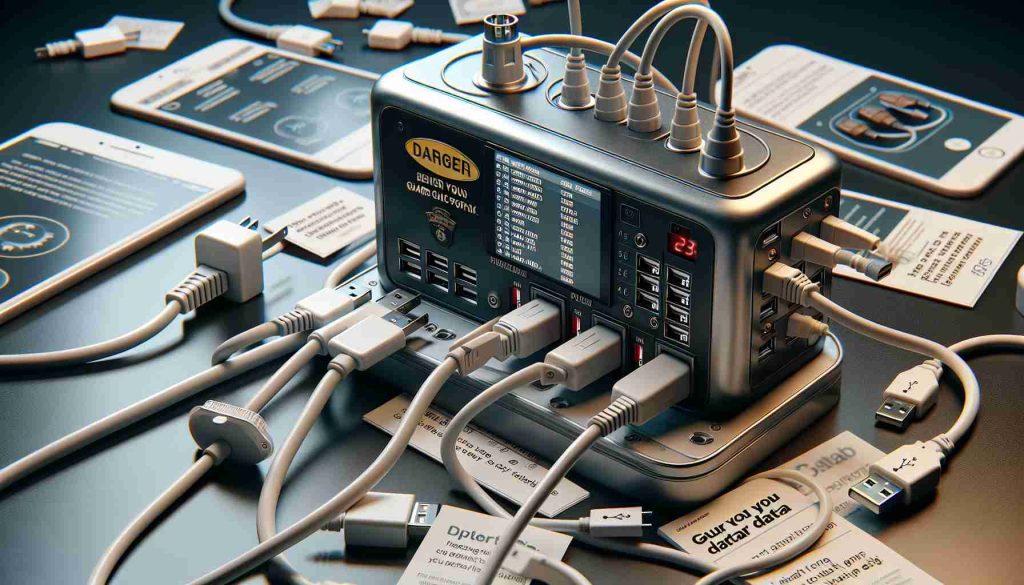The consumer electronics industry is experiencing a significant surge in growth. Following a brief period of adjustment, the sector is once again showing strong performance across the board. This morning, the electronic components sector led the gains, with companies like Jinan National Integrated Circuit swiftly hitting the limit-up within minutes of market opening. Companies like Yingtong Communication also saw rapid limit-up movements, while others like Shuobede and Gobi Jia showed noteworthy increases.
Various sectors, including high-speed wire connectors, smart wearables, wireless headphones, and AI smartphones and PCs, are also on a strong upward trajectory. Companies like Rongyi Precision saw a 30% limit-up, with trading volumes far surpassing the previous day’s levels. Companies like Xindar and Tiande Yu also either hit the limit-up or saw increases exceeding 10%.
The growth trend in the consumer electronics industry is further supported by positive forecasts. Canalys data indicates that in the first quarter of 2024, the global smartphone market witnessed a double-digit growth rate of 10%, shipping 2.962 billion units. Total PC shipments reached 57.2 million units, marking a 3.2% year-on-year increase. Counterpoint predicts that AI smartphones will account for 11% of total smartphone shipments this year, rising to 43% by 2027, indicating a shift towards mainstream models.
Publicly listed companies in the A-share market are also experiencing significant profit growth alongside the industry recovery. According to Wind data, in the first quarter of 2024, listed companies in the consumer electronics sector saw an 11% year-on-year revenue increase, a 75% profit increase, and a 15.6% gross profit margin, up 2.5 percentage points year-on-year. The trend of growth continues, with many consumer electronics companies recently releasing forecasted increases in their 2024 semi-annual reports.
This optimistic outlook is underpinned by forecasts that downstream companies in the storage and AI sectors will also experience a robust recovery. The third quarter is expected to benefit from strong demand across the consumer electronics sector, including smartphones, PCs, and general servers. Several domestic chip design companies have announced forecasted profit increases, highlighting positive expectations for the performance of downstream companies in the Apple industry chain, digital SoC companies, storage-related companies, and server-related companies.
The consumer electronics industry is not only thriving but also undergoing rapid evolution and transformation. Amidst the robust growth momentum, several key questions emerge to better understand the industry’s dynamics.
What are the emerging trends reshaping the consumer electronics industry? The industry is witnessing a shift towards sustainability and eco-friendly practices, with a growing emphasis on reducing e-waste and energy consumption. Manufacturers are increasingly focusing on circular economy principles, design for repairability, and promoting longevity of electronic products.
What are the key challenges facing the consumer electronics sector? One of the primary challenges is ensuring supply chain resilience in the face of geopolitical tensions and disruptions. Additionally, the industry grapples with concerns regarding data privacy and security in connected devices, prompting calls for enhanced regulations and cybersecurity measures to safeguard consumer information.
What controversies are associated with the rapid growth of the consumer electronics industry? A major controversy revolves around electronic waste management and recycling practices. As the demand for new devices escalates, there is a pressing need to address the proper disposal and recycling of old electronics to mitigate environmental impact. Furthermore, the industry faces criticism regarding planned obsolescence and the trend of frequent product upgrades that contribute to electronic waste generation.
In examining the advantages and disadvantages of the consumer electronics industry’s thriving growth, it is evident that the industry offers immense opportunities for technological innovation, job creation, and economic development. The continuous introduction of cutting-edge products and services enhances consumer lifestyles and drives competition and creativity within the market. However, challenges such as environmental sustainability, electronic waste management, and data security underscore the need for responsible industry practices and regulatory oversight.
For further insights into the consumer electronics industry and related topics, you can explore content on gartner.com, a reputable source for technology and industry analyses. This domain offers valuable reports and research on market trends, forecasts, and consumer behavior in the electronic sector.























